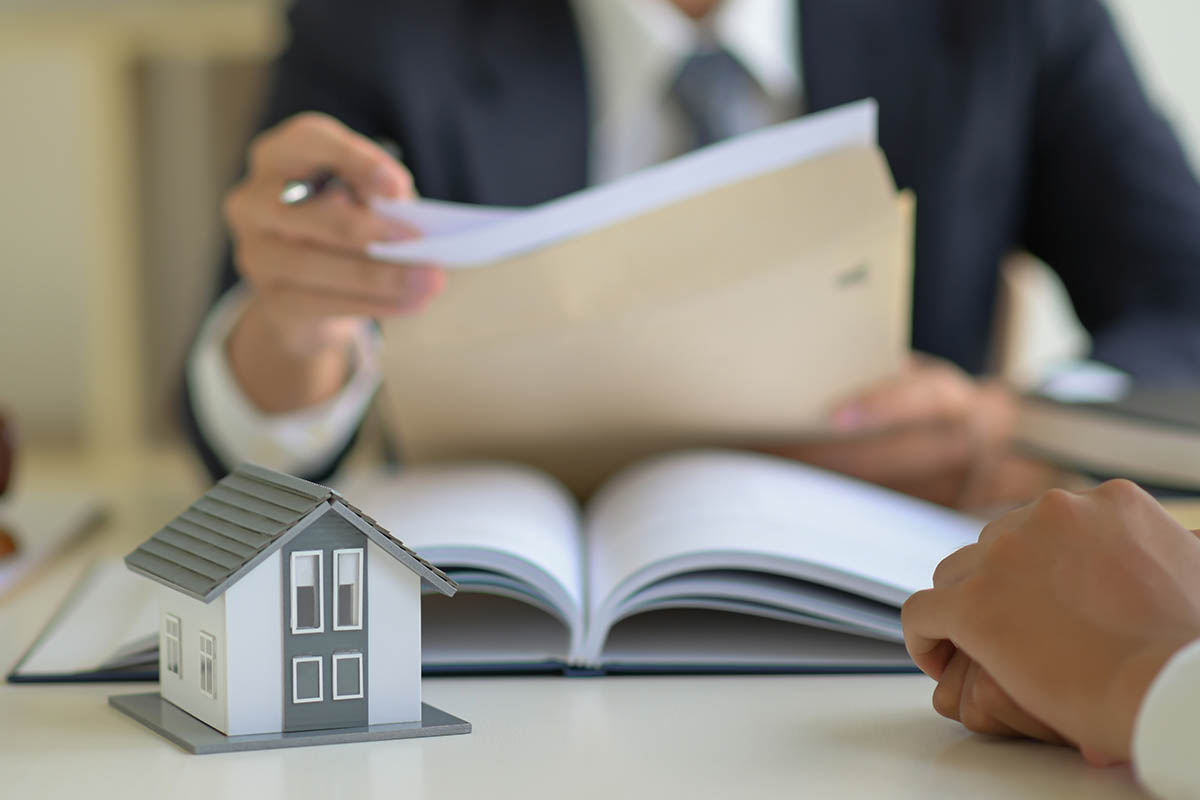How to Get Approved for a Mortgage
Buying your first home is a fascinating process. You finally get to stop paying rent after years of doing so. You get to move into your own space, which you are free to decorate however you want to. You get to decide on the location, the renovations. The entire process is completely up to you!
But as exciting as buying your first home is, it is definitely a long and detailed process. There are many hidden costs associated with buying a home, and you need to account for all of them before signing the deal. The first step in buying your dream home is getting approved for a mortgage, and here is how you can do that:
Show your proof of income
The first step to getting approved for a mortgage: showing that you actually have a steady job and income. You will not get approved if you can’t show proof of at least your past two years of employment. You will need to show W-2 wage statements, recent tax returns, and any other additional income you may have accumulated.
If you are self-employed, this process will be a little bit different. If you are a business owner, freelance employer, or self-employed in any other way, consider applying for a bank statement mortgage. With this type of mortgage, you do not have to submit tax returns or financial statements other than your bank statements to secure a loan. It will make the mortgage process easier if your taxes don’t accurately represent your full income.
How to get approved for a mortgage: make sure you have good credit
Another factor that will deter you from getting the mortgage will ultimately lead to your dream home: bad credit. For reference, your credit score should be at least 620 or higher for a conventional loan. The lower your credit score is, the higher your mortgage rate will be. That is just how it works. Shoot for a credit score above 700 to secure a low-interest rate.
Look at your budget
Once you have gathered proof of your employment, ensured you have good credit, and provided other necessary documentation, it’s time to look at your budget. Determine how much you can afford and how much you want actually to pay. You do not want your total housing payment to go above 35% of your gross income, just as a rule of thumb. A home affordability calculator can give you a good estimate of how much you can realistically afford based on your income, expenses, and mortgage.
Save for a down payment
A down payment is required for buying a home, so make sure you put away a sufficient amount of money for it. Most mortgage lenders will need at least a 10% down payment. To be safe, save 20% or more to avoid private mortgage insurance. Determine how much you can realistically save for a down payment and stick to that budget. Even if you think you can afford a more expensive house, it is important to be realistic and account for additional expenses, such as the down payment and closing costs.
You can meet with a mortgage lender at any time to get pre-qualified, which basically is just a reassurance that they think you will get approved for a mortgage based on these above factors. However, when it comes to purchasing a house, you need to pre-approve from a mortgage lender. If you follow the proper procedure and ensure you have good credit, it shouldn’t be too complicated.
Buying your first home is an exhilarating moment, but it’s also a long process that might not be as easy as you think. Getting approved for a mortgage is the necessary first step, but once you accomplish that, then the fun part: shopping for your dream home.




















